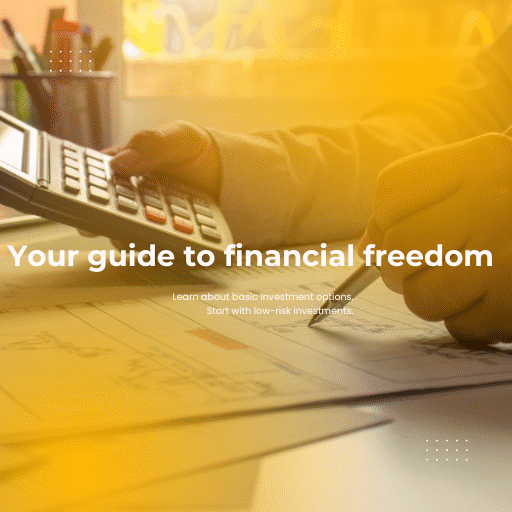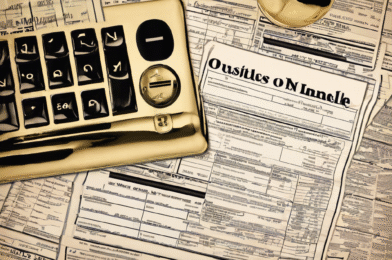Improving your credit score can be a key factor in achieving financial stability and opening up new opportunities for borrowing and investing. If you’re looking to boost your credit score in just six months, there are several steps you can take to make significant progress. By being proactive and disciplined in managing your finances, you can see positive changes in your credit profile within a relatively short period of time.
First and foremost, it’s crucial to obtain a copy of your credit report from all three major credit bureaus: Equifax, Experian, and TransUnion. Reviewing these reports will give you a clear understanding of where you currently stand and what areas you need to focus on to improve your score.
Once you have a clear picture of your credit situation, start by making all of your payments on time. Payment history accounts for a significant portion of your credit score, so ensuring that you pay all of your bills by their due dates is essential in boosting your score.
In addition to making timely payments, try to reduce your overall debt levels. High levels of debt can negatively impact your credit score, so developing a plan to pay down your balances can lead to a higher score over time.
Another effective strategy for improving your credit score is to keep your credit card balances low. Aim to use no more than 30% of your available credit limit on each card to show lenders that you can manage credit responsibly.
Consider consolidating your debt or transferring balances to lower-interest accounts to make it easier to pay off what you owe. This can help you save money on interest and make it simpler to manage your debt repayments.
If you have limited credit history, consider becoming an authorized user on someone else’s credit card account. This can help you establish a positive credit history and improve your score over time.
Regularly monitoring your credit score and reports can help you track your progress and identify any errors or fraudulent activity that may be impacting your score. Reporting and resolving these issues promptly can prevent further damage to your credit profile.
Avoid opening new credit accounts unless absolutely necessary, as each new account can temporarily lower your credit score. Focus on improving your existing accounts and demonstrating responsible credit management.
If you have accounts in collections, work on negotiating payment plans or settlements to resolve these debts. Once paid off, these accounts will have less of a negative impact on your credit score.
Consider applying for a secured credit card if you have trouble qualifying for traditional credit cards. Secured cards require a cash deposit as collateral, making them easier to obtain and a useful tool for building or rebuilding credit.
Seek the advice of a credit counselor or financial advisor if you’re struggling to improve your credit score on your own. They can provide personalized guidance and strategies to help you achieve your credit goals.
Remember that improving your credit score takes time and patience, so stay committed to your financial goals and monitor your progress regularly. By following these tips and being proactive in managing your credit, you can see significant improvements in your credit score within six months.










